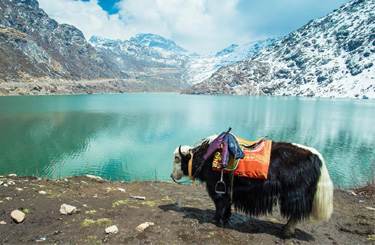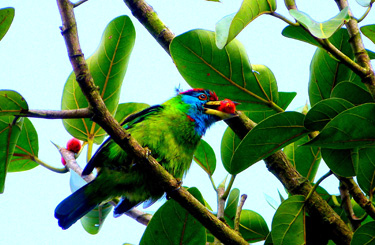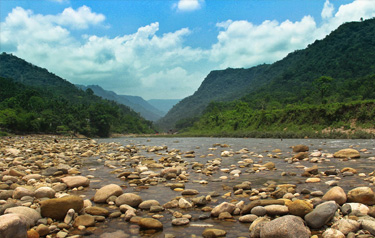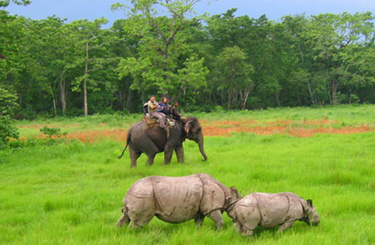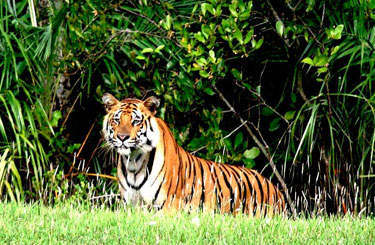
EAST SUNDARBAN
It is a cluster of Islands the single largest chunks of productive mangrove forest in the world and the world heritage site. The Bangladesh part of Sundarbans Reserved Forest covers 6,017 kilometers of areas in the Southwest corner of Bangladesh. This largest mangrove contains 333 species of plant, 400 species of fishes, 270 species of local birds and another 45 species of migratory birds, 35 species of amphibians and 42 species of mammals. The forest is dense and continuous and the forest vegetation is evergreen which grows chiefly on muddy sheltered shores of coastal areas subject to the periodic submergence by tidal waters. The characteristic of Sunderban forest is a low-lying tidal riparian forest intersected by an elaborate network of rivers, canals and creeks. The forest has gained two naturalists attraction from all over the world for her magnificent reservoir of genetic bio diversity and majestic Royal Bengal Tiger of Sundarbans forest, the priceless heritage of mankind. The forest is accessible only by boat during whole of the year.
WEST SUNDARBANS
The Sundarbans, the largest mangrove forest of the world is a cluster of islands spanning over 10,000 sq. km. Out of which 6017 sq. km. Within Bangladesh territory and further extended for another 3983 sq. km. Into Indian territory. The forest is considered as the most biologically productive of an unique ecosystems. Subdarbans meaning beautiful forest offer splendid wildlife habitat supporting 333 species of plant, 400 spices of fishes and 425 species of wildlife among of which 49 species mammals, 315 bird species, 53 reptiles and 8 amphibians. The larger terrestrial mammals are Royal Bengal Tiger, spotted deer, Rhesus macaque and Indian smooth otter. The giant salt-water crocodiles, Rock Python, Monitor lizards and king cobra are the prominent species of reptile group.
Considering the great value of Sundarbans it has become now the part of world heritage area which is equally important to the nature loving tourists as wel as to the naturalist, ecologist, biologist and for the scientific researcher.
The tiger being the most attractive wild animal is now internationally endangered species of which the Sundarbans contain the largest surviving tiger population. Although tiger is seldom rare to see but the probability of seeing tiger in Sundarbans forest is low-lying tidal riparian forest intersected by an elaborate network of river, canals & creeks. So the journey to this wonderful jungle will be very much rewarding to know the unknown. This unsurpassed jungle is only accessible by boat.


 +8801712125379, +8801779579606
+8801712125379, +8801779579606  info@dhakaholidays.com,dhakaholiday@gmail.com
info@dhakaholidays.com,dhakaholiday@gmail.com

